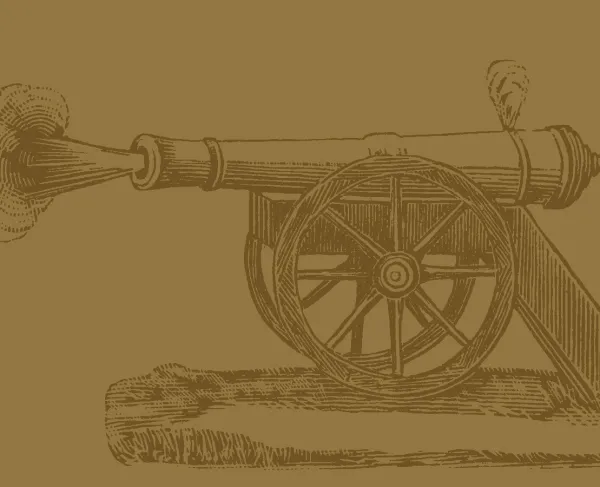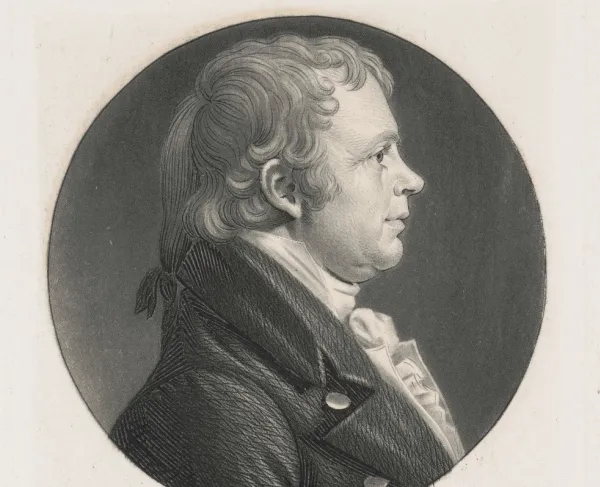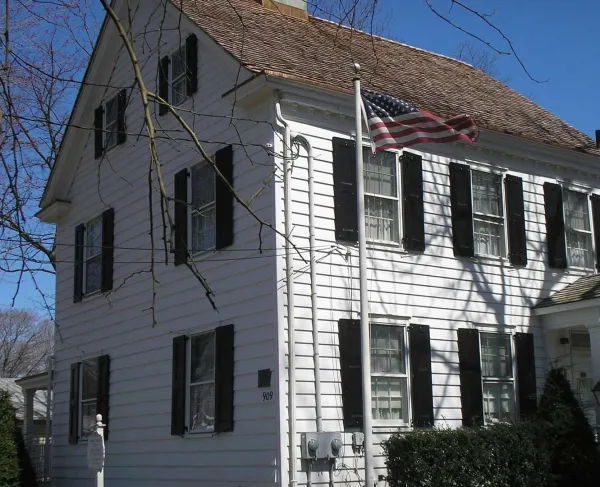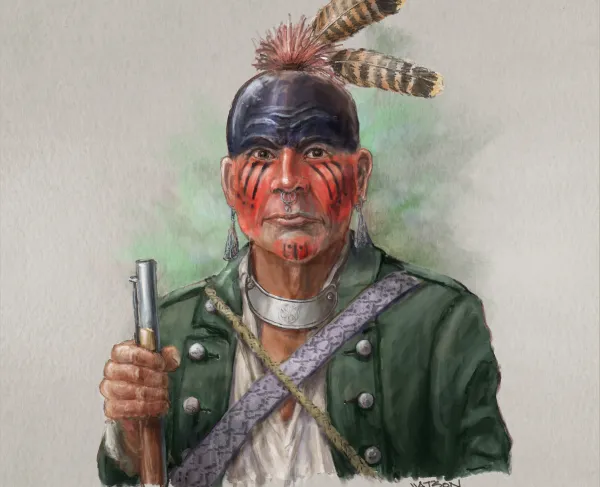Walter Butler

The son of prominent New York French and Indian War veteran and Iroquois language interpreter John Butler, Walter had a passionate desire to continue in his father's line of work. This passion led him to become one of the most hated men in the entire Revolutionary War. After receiving a commission to join the New York colonial militia as an ensign in 1768, Butler went on to study law in Albany until 1775, when the Thirteen Colonies rose up in rebellion. John and Walter, both committed loyalists, fled their home in central New York to Montreal where they offered their services to the British Army. He was involved in the capture of Ethan Allen, and joined the 8th Regiment of Foot as an ensign, participating in the Battle of Oriskany. On the 12th or 13th of August, 1777, a group of patriots caught Butler in the act of secretly recruiting men around German Flatts, New York to the Loyalist cause and arrested him, while Major-General Benedict Arnold had him convicted for espionage and sentenced to death. Several of Butler’s old classmates interceded on his behalf, however, earning him a stay of execution and enough time to escape.
Following the Battle of Saratoga, John Butler earned permission from the government to form his own regiment, popularly called Butler’s Rangers, for which Walter earned a commission as Captain. Made up of European settlers, volunteers from the Iroquois Confederacy and the occasional former African slave, the Rangers formed some of the “smartest, liveliest, and most useful troops in the British service,” according to one writer. As the conventional British Army essentially ceased to exist in New York as a threat after Saratoga, Butler’s irregulars mainly conducted a guerrilla campaign through the heartland of the colonies, aided by John’s contacts with friendly Iroquois tribes. One such contact, Mohawk leader Joseph Brant, worked closely with Walter on multiple campaigns, but Butler apparently disliked the Iroquois man. The friction between the two culminated in one of the harshest atrocities of the war: the Cherry Valley Massacre.
While on a raid in mid-November, 1778, Butler and Brant’s forces laid siege to a fort in Cherry Valley, New York. The rangers lacked the proper artillery to storm the palisade, so many of the Iroquois soldiers instead targeted the nearby unprotected village as the loyalists looked on. Almost every house was completely leveled, and around 60 men, women, and children were either killed or imprisoned. Butler later blamed Brant for ordering the attack, but some contemporary witnesses either report that Brant tried to stop the excessive violence or that he was not present, to begin with. Regardless, the massacre set off an explosion of violence in an area already torn apart by political divisions in both white and Amerindian communities. It also triggered the infamous Sullivan Expedition, named for Patriot General John Sullivan, a campaign that saw the systematic destruction of more than 40 Iroquois villages throughout the New York heartland, permanently breaking the Confederacy’s power. Both Walter and his father participated in the Battles of Newtown and Johnstown, both of which failed to halt the Expedition’s progress. Five days after Johnstown, a group of Continentals and Oneida allies, while pursuing the retreating British, caught Walter Butler alone in the wilderness and shot him dead, more than likely leaving him to rot. Walter Butler may have been more responsible than anyone for the enormous strife that came about from the frontier war in New York, and yet also became its final victim.
Related Battles
8
8





